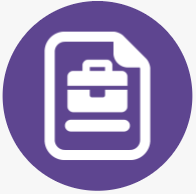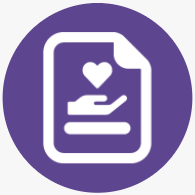
End-of-life planning documents are crucial tools that allow individuals to make informed decisions about their medical care and end-of-life wishes. These documents are designed to ensure that a person’s desires and values are honored even in the face of severe illness or injury when they may not be able to make decisions for themselves.
The most common end-of-life planning documents are advanced directives and living wills. An advanced directive is a written document that specifies a person’s wishes regarding medical treatment and care in the event of a medical crisis. It typically includes two components: a durable power of attorney for health care and a living will. A durable power of attorney for health care designates a trusted individual, known as the health care proxy or agent, to make medical decisions on the person’s behalf if they become incapacitated. A living will outlines the person’s end-of-life treatment preferences, including the use of life-sustaining treatments, such as respirators or feeding tubes.
In addition to these two documents, individuals may also choose to create a do-not-resuscitate (DNR) order or a medical order for life-sustaining treatment (MOLST). A DNR order instructs medical professionals not to perform cardiopulmonary resuscitation (CPR) if a person’s heart stops beating. A MOLST is a portable medical order that outlines a person’s end-of-life treatment preferences and is recognized by medical professionals in multiple states.
Creating end-of-life planning documents can be a difficult but important step for individuals and their loved ones. It requires individuals to think about their own mortality and the types of medical treatments they would like to receive or avoid in the future. This process can be especially challenging for individuals who have religious or cultural beliefs that may impact their end-of-life choices. However, it is important for individuals to discuss their end-of-life wishes with their loved ones and healthcare providers, so that their desires are respected and followed.
One of the key benefits of end-of-life planning documents is that they can help individuals and their loved ones avoid conflict and uncertainty when it comes to medical decisions. If a person’s end-of-life wishes are clear and documented, their family and healthcare providers will be better equipped to make decisions that align with the person’s values and desires. This can provide a sense of comfort and peace during a difficult time.
Another advantage of end-of-life planning documents is that they can help ensure that a person’s medical care aligns with their values and beliefs. For example, if a person is a member of a religious community that values life above all else, they may choose to receive all possible life-sustaining treatments, even if their condition is terminal. On the other hand, if a person values quality of life over quantity, they may choose to forgo life-sustaining treatments if their medical condition is terminal, and their quality of life will be severely impacted.
End-of-life planning documents can also help reduce the burden on loved ones. When a person’s end-of-life wishes are clear and documented, family members and healthcare providers can make medical decisions with confidence, knowing that they are following the person’s wishes. This can help prevent conflicts and disagreements among family members and reduce the emotional toll of end-of-life decisions.
In conclusion, end-of-life planning documents are crucial tools that allow individuals to express informed decisions about their medical care and end-of-life wishes by specifying a person’s treatment preferences and designating a trusted individual







